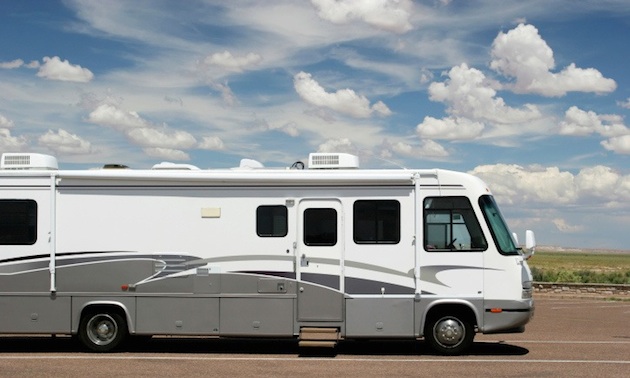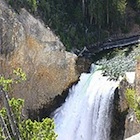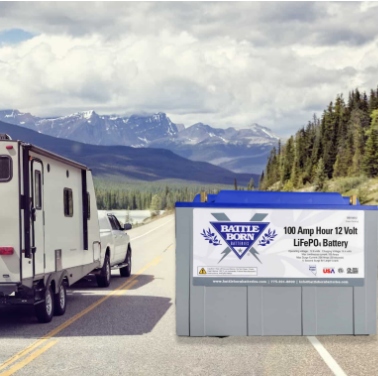Good ideas from RVers
Solutions to real-life RV challenges

Over the years, we have gathered some great ideas from some great people. RVers love to share ideas that have made their lives easier. Here are just a few of the hints we have heard:
Protect your hose
Nothing is less inviting than a useless or leaky sewer hose, so here is one idea to keep your hose safe and accessible when it is not in use.
Pick up a single length of four-inch, thin-wall PVC drain pipe. Get two sets of the standard four-inch threaded ends and some PVC cement. Find a place to mount the pipe, a spot that is accessible from either side—often in the rear bumper area or under the rear of the rig. Cut the pipe a few inches shorter than the rig is wide and glue on the ends. The simplest way to mount the tube is with plumber’s strap.
How much propane is left in the tank?
Most smaller propane tanks do not have gauges. A good way to guestimate how much propane is left in the tank is by slowly pouring a litre or so of hot water down the side of the tank, then running your hand down the side of the tank. The level of the propane is generally where the temperature of the tank changes from hot to cold.
Memory aids
We have all seen rigs going down the road with their antennas still up, or heard stories about someone pulling out with their electrical cord in tow or dragging their sewer hose. We have a sign that hangs on the antenna crank that reminds us we haven’t lowered the antenna.
For other vital functions, we have a checklist on a card. The card is securely attached to the steering wheel as a reminder of critical tasks that must be done before we can drive away.
How cold is it?
An indoor/outdoor thermometer can be used to monitor both the refrigerator and the freezer. Place one probe inside the freezer and the main unit in the refrigerator. You can check the temperature in both sections every time you open the refrigerator door.
Awning rods are invaluable tools
The awning rod can be used to determine whether there’s room for the slide-outs. Mark the critical length with tape so it becomes more permanent.
We keep our rod in the storage section under the bed and use it to bring down items we can’t reach by hand.
Slipping and sliding
Do the seat cushions on the dinette chairs or benches keep moving each time you sit down or get up? One easy solution is to lay a good-sized piece of non-skid liner (like the ones for the cupboards or drawers) underneath the cushions. They stick to the bottom as well as the seat cushion and that keeps them from wrinkling up.
Shady idea
Have you replaced your awning recently? Don’t throw the old one away yet! You can attach a piece of the awning to the side of your rig (using grommets or snaps) to form a little tent. Tie down the bottom about three feet from the side of the RV. This makes a great storage area as well as keeping the sun off the tires. It is also possible to make window screens out of the same material.
Spike your carpet
To keep your outdoor carpet from blowing away, nail it down. Long white spikes that are used to attach eavestroughs are sleek, but 6 or 7-inch nails and large washers work well too. The washers will prevent the nails from being pulled out of the rug. The stronger the winds, the more anchors you will need.
We have a room that attaches to the side of the coach and for years, we have anchored the sides and rug down with nails and washers. Only once did we lose the room over the roof—but then that was in a tornado.
We would love to hear your great ideas too... please share!








